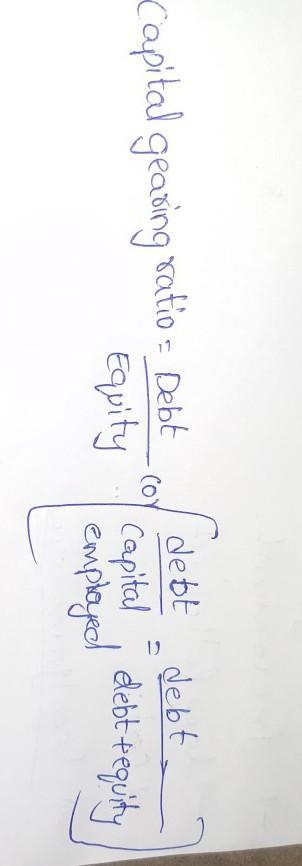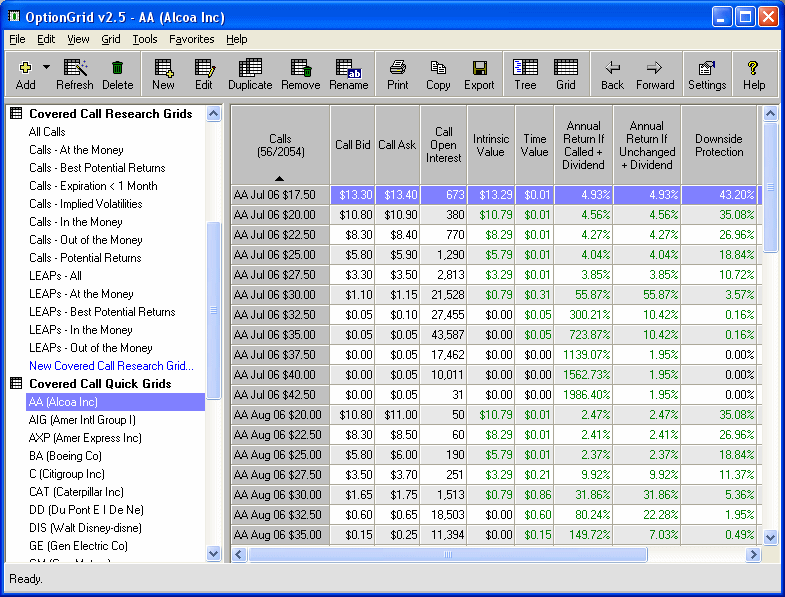
Although they are decreasing their operating leverage, the decreased risk of insolvency more than makes up for it. Companies have many types of fixed costs including salaries, insurance, and depreciation. These costs are present regardless of our production or sales levels. This makes fixed costs riskier than variable costs, which only occur if we produce and sell items or services. As we sell items, we have learned that the contribution margin first goes to meeting fixed costs and then to profits. Here is an example of how changes in fixed costs affects profitability.
- In other words, when the market price of a security is significantly below your estimation of its intrinsic value, the difference is the margin of safety.
- GoCardless helps you automate payment collection, cutting down on the amount of admin your team needs to deal with when chasing invoices.
- Operating leverage fluctuations result from changes in a company’s cost structure.
- The margin of safety is the difference between the amount of expected profitability and the break-even point.
Since fair value is difficult to predict accurately, safety margins protect investors from poor decisions and downturns in the market. A low percentage of margin of safety might cause a business to cut expenses, while a high spread of margin assures a company that it is protected from sales margin of safety is equal to variability. The main idea lies in selecting the right stock and investing at the right price. The smartness lies in choosing an undervalued stock which adds up to the fortune. Metrics like low P/B ratio, P/E ratio, high dividend yield etc helps to determine whether a stock undervalues.
margin of safety
The breakeven point (also known as breakeven sales) is the point where total costs (expenses) and total sales (revenue) are equal or “even”. To calculate the margin of safety, determine the break-even point and the budgeted sales. Subtract the break-even point from the actual or budgeted sales and then divide by the sales. The margin of safety depends on two chief factors—current or estimated sales, and breakeven sales or the breakeven point. In accounting, the margin of safety is calculated by subtracting the break-even point amount from the actual or budgeted sales and then dividing by sales; the result is expressed as a percentage. When applied to investing, the margin of safety is calculated by assumptions, meaning an investor would only buy securities when the market price is materially below its estimated intrinsic value.
Investors and analysts may have a different method for calculating intrinsic value, and rarely are they exactly accurate and precise. In addition, it’s notoriously difficult to predict a company’s earnings or revenue. A company passes the break-even point when sales are higher than variable costs per unit. This explains that the selling price for the commodity should be greater than what the company paid for its raw material.
Current sales represent the latest possible information regarding a businesses’ sales, represented by a dollar value – if you’re looking to the future, you can use estimated sales. Obviously, this is much easier to calculate if a business has a concrete product – it’s a bit more difficult to calculate with services but still doable. It isn’t a silver bullet, and it won’t magically make you a good investor—but, it is a part of the equation, and you need to know how it works to successfully combine it with other approaches.
Is the Margin of Safety the Same as the Degree of Operating Leverage?
It’s also important for company accountants to keep a close eye on the margin of safety. You can also check out our accounting profit calculator and net profit margin calculator to learn more about how to calculate profit margin for a business or investment. Although he was a trailblazer and mentor to some of the most influential investors in the last 60 years, even Ben Graham’s own results with using the margin of safety were… sort of questionable.

In the principle of investing, the margin of safety is the difference between the intrinsic value of a stock against its prevailing market price. Intrinsic value is the actual worth of a company’s asset or the present value of an asset when adding up the total discounted future income generated. If its sales decrease, it can probably take steps to scale back its variable costs. If, by contrast, Company A has many fixed costs, its margin of safety is relatively low. Generating additional revenue should not make a difference to your fixed costs. As their name suggests, fixed costs (also known as overheads) remain the same from one billing cycle to the next.
Premium Investing Services
When the margin of Safety is applied to investing, it is determined by suppositions. It can be supposed as the investor would possibly purchase securities when the market cost is physically beneath its approximate actual worth. The Margin of Safety is the difference between budgeted sales and breakeven sales. It is applied in two different terms, i.e. investing and budgeting.
Federal Banking Agencies Issue Basel III Endgame Package of … – Gibson Dunn
Federal Banking Agencies Issue Basel III Endgame Package of ….
Posted: Fri, 04 Aug 2023 02:04:06 GMT [source]
All these formulas vary depending upon the type of margin safety that’s asked. Many government agencies and industries (such as aerospace) require the use of a margin of safety (MoS or M.S.) to describe the ratio of the strength of the structure to the requirements. There are two separate definitions for the margin of safety so care is needed to determine which is being used for a given application. Is as a measure of satisfying design requirements (requirement verification). Margin of safety can be conceptualized (along with the reserve factor explained below) to represent how much of the structure’s total capability is held “in reserve” during loading. A high safety margin is preferred, as it indicates sound business performance with a wide buffer to absorb sales volatility.
The higher the margin of safety, the more space the company has to change tactics before losses are incurred. Margin of safety is a term that has a few different meanings depending on whether it is used within the context of accounting and sales or investing. Generally speaking, margin of safety refers to how much of a financial buffer an investor or company has in relation to certain investments before they would start to experience losses. In terms of investing, margin of safety refers to the difference between the intrinsic value of an investment and the purchase price that an investor actually pays for it. In accounting and sales, margin of safety refers to the difference between total sales and the breakeven point, or the point at which a company would start to experience losses. It works as a signal for the management sector to look after the risk of loss that can happen due to a change in sales in the business.
However, this can be further broken down to gross profit, net profit, and operating profit, each of which looks at the equation in a slightly different way. Gross profit measures revenue earned after subtracting production-related costs, while net profit measures revenue earned after all costs have been deducted. For example, imagine that a business’s BEP is 500 products, and it has sold 1000 products. Margin of safety is often expressed in percentage, but can also be presented in dollars or in number of units.
The margin of Safety in terms of Investing:
There are a few different ways to write the margin of safety formula depending on what form the answer is desired in. One of the most common formulas for margin of safety is the following equation which calculates margin of safety as a percentage. Keeping an eye on outgoings and profit margins is an everyday occurrence for businesses.
The margin of safety percentage can also be worked out using forecasted sales. So, the margin of safety is the quantifiable distance you are from being unprofitable. It’s essentially a cushion that allows your business to experience some losses without suffering too much negative impact. The bigger the margin of safety, the lower your risk of insolvency. Any revenue that takes your business above the break-even point contributes to the margin of safety. You do still need to allow for any additional costs that your company must pay.
What is Margin of Safety?
The higher the margin of safety, the safer the situation is for the business. Budgeted sales revenue for the next period is $1,250,000 in the standard mix. A margin of safety shows you how much room you have between the stock’s current price and its intrinsic value. Value investors lean on it the most, but growth investors, income-focused investors, and even derivative and option investors should use the concept. Note that the denominator can also be swapped with the average selling price per unit if the desired result is the margin of safety in terms of the number of units sold. In some cases it is impractical or impossible for a part to meet the “standard” design factor.
If it decreases by more than $45,000 (or by more than 3,000 units) the business will have operating loss. You can calculate the margin of safety in terms of units, revenue, and percentage. So, there are three different formulas for calculating the Margin of Safety.
A preclinical secondary pharmacology resource illuminates target … – Nature.com
A preclinical secondary pharmacology resource illuminates target ….
Posted: Wed, 19 Jul 2023 04:32:53 GMT [source]
There’s no golden rule as to how much of a margin of safety is good—you’ll have to figure out how much works for you. On top of that, everyone has a different approach to calculating intrinsic value—it’s not a well-defined metric. Essentially, this version of the margin of safety lets you know how much of a disruption a business can sustain before things start to get really messy. If a business has a high margin of safety, it can weather a bad quarter or perhaps even a year. And, if it has a low margin of safety, it might already be in hot water, and will probably take steps to reduce expenses—either by reducing output or by cutting dividends.
This margin can be calculated in units, dollars, or as a percentage. To calculate the margin of safety in units, the breakeven point is subtracted from total sales and this figure is then divided by the price per unit. To calculate the margin of safety in dollars, the breakeven point is simply subtracted from total sales. Finally, to calculate the margin of safety as a percentage, the difference between total sales and the breakeven point is divided by total sales. Operating leverage is a function of cost structure, and companies that have a high proportion of fixed costs in their cost structure have higher operating leverage. In fact, many large companies are making the decision to shift costs away from fixed costs to protect them from this very problem.

However, if the stock price does decline to $130 for reasons other than a collapse of XYZ’s earnings outlook, he could buy it with confidence. Investing involves assumptions when it comes to the margin of safety percentage. This explains that an individual purchases securities only when their market price materially below its intrinsic value. It happens because the investors can set a margin according to their risk preferences, resulting in buying of securities when the gap is present and investment can be made with minimum risk. However, finding the true worth of security is subjective since each investor calculates the intrinsic value in a different way which can probably be accurate. Margin of safety, or MOS, is a measure of the difference between the break-even point and real-life sales.

